You’ve probably seen the little ISPM-15 and IPPC stamps in the corner of pallets, wood shipping crates, and wood boxes and wondered what those are for. While small, these stamps play an integral role in preventing the introduction of invasive and potentially destructive species of insects across international borders.
A Brief History of ISPM-15

In 1993, the Commission on Phytosanitary Measures (CPM), which is the governing body of the International Plant Protection Convention (IPPC) introduced the first International Standard for Phytosanitary Measures (ISPM). Although there are a 43 different ISPM standards regulating everything from the international transfer of seeds to the irradiation of fruit flies, the standard that pallet and wood crate manufacturers focus on is ISPM-15, which specifically regulates wood packing used in international shipments.
First introduced in 2002 with revisions in 2006, 2009, and 2018, ISPM-15 outlines specific rules and regulations that must be adhered to when shipping wood packaging, such as pallets, crates, dunnage, and spools, across international borders. The goal of the standard is to limit the introduction of wood pests into non-native habitats, thereby limiting damage and destruction to native plant species. Do you remember the Asian longhorned beetle or emerald ash borer? Those destructive bugs are thought to have entered the US via untreated wood packaging material.
Which Types of Wood Does ISPM-15 Cover and What Types are Exempt?
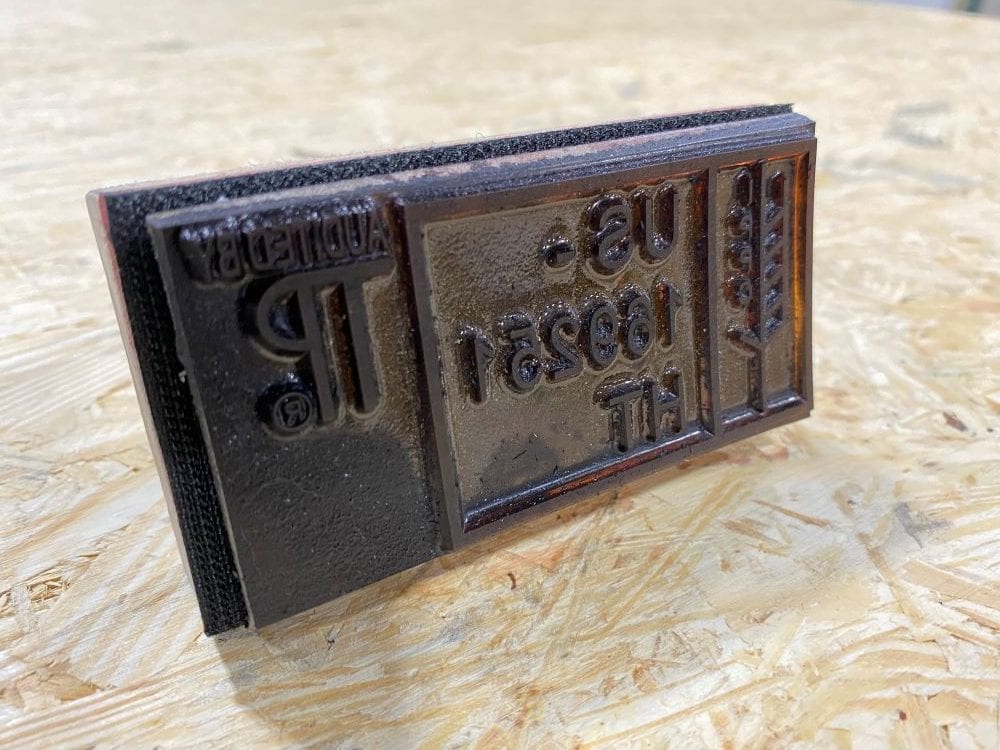
The ISPM-15 standard covers all wood originating from live or dead trees, except for very thin (>¼”) lumber, wine barrels, sawdust, and any wood products “permanently” attached to vehicles or freight containers. Engineered wood products such as orient strand board (OSB), plywood, particle board, veneer, or any type of wood that has been produced with glue, heat, or pressure are also exempt.
Methods for Treating Lumber
There are two basic methods for preparing lumber for ISPM-15 approval: Heat or Fumigation. Heating the lumber can be done in a variety of ways, from kiln-drying to dielectric heating, which is basically like microwaving the wood. Each heating method requires that the internal temperature of the wood reaches a certain level for a pre-determined amount of time, depending on the heating method used.
The fumigation process involves pumping an insecticide, either methyl bromide or sulfuryl fluoride, into a sealed gas chamber for approximately 24 hours. It should be noted that the EPA has been critical of methyl bromide, classifying it as an ozone depleting chemical. The other main chemical used to treat wood, Sulfuryl fluoride, is not only toxic to humans in high concentrations, but it is also a greenhouse gas. Most commercial level facilities utilize heat treatment, whereas fumigation is typically used on a smaller scale to treat pallets and packaging seized by customs agents for lack of proper documentation and ISPM-15 markings.
Can I Buy Heat-Treated Wood, Build a Crate, and Export it?
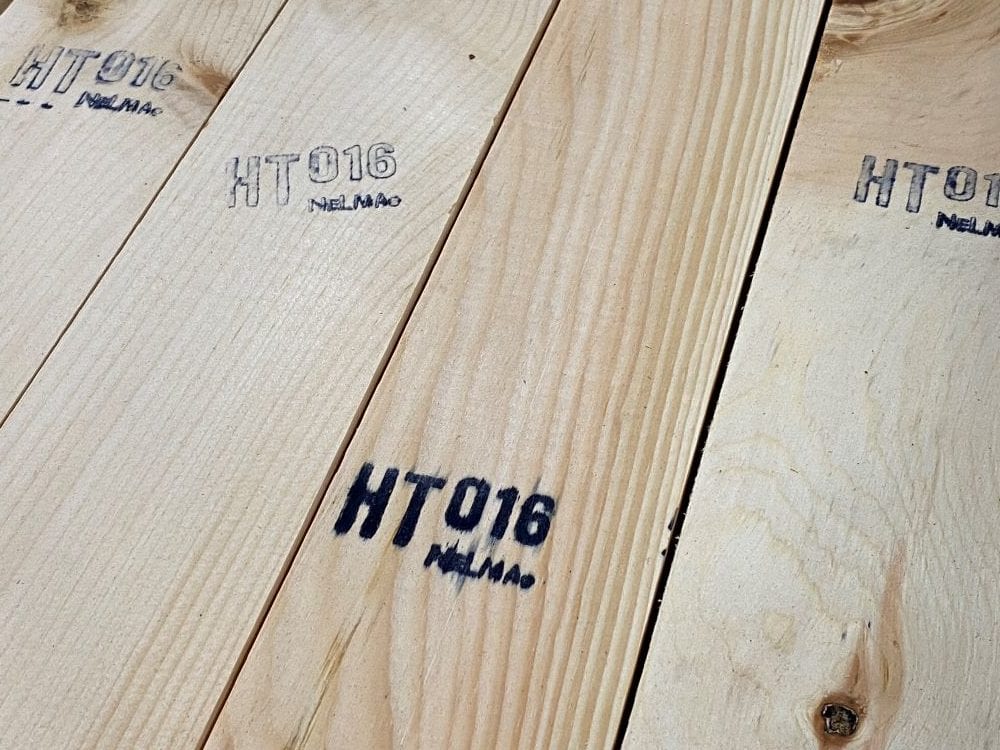
Unfortunately, no. In order to receive and maintain an official ISPM-15 stamp (the actual, physical stamp), the pallet maker or wood crate builder must meticulously track the amount of treated (heat treated or fumigated) board feet they purchase and sell. These records are audited monthly by their contracted inspection agency. The agency, whose logo also appears on the ISPM-15 stamp, is also audited on a regular basis and ultimately answers to the American Lumber Standards Committee (ALSC) and the US Department of Agriculture (USDA).
What do the Symbols on the ISPM-15 Stamp Mean?
The most recognizable symbol on the stamp is the stalk of wheat and the letters “IPPC,” which stands for the International Plant Protection Convention. Each stamp will also contain a two-letter country code and a unique producer ID. On our stamp, you will see US-169251, which means that our ISPM-15 Certified SharkCrates were produced in the US and more specifically at our facility in Milwaukee, Wisconsin. The logo of the inspection agency used by the producer will also appear on the stamp, in our case Timber Products Inspection. In addition, the stamp will also have a treatment code, which defines the method used to treat lumber. Below is a table with the different codes:
| HT | Heat Treatment |
| DH | Dielectric Heating |
| MB | Methyl Bromide |
| SF | Sulphuryl fluoride |
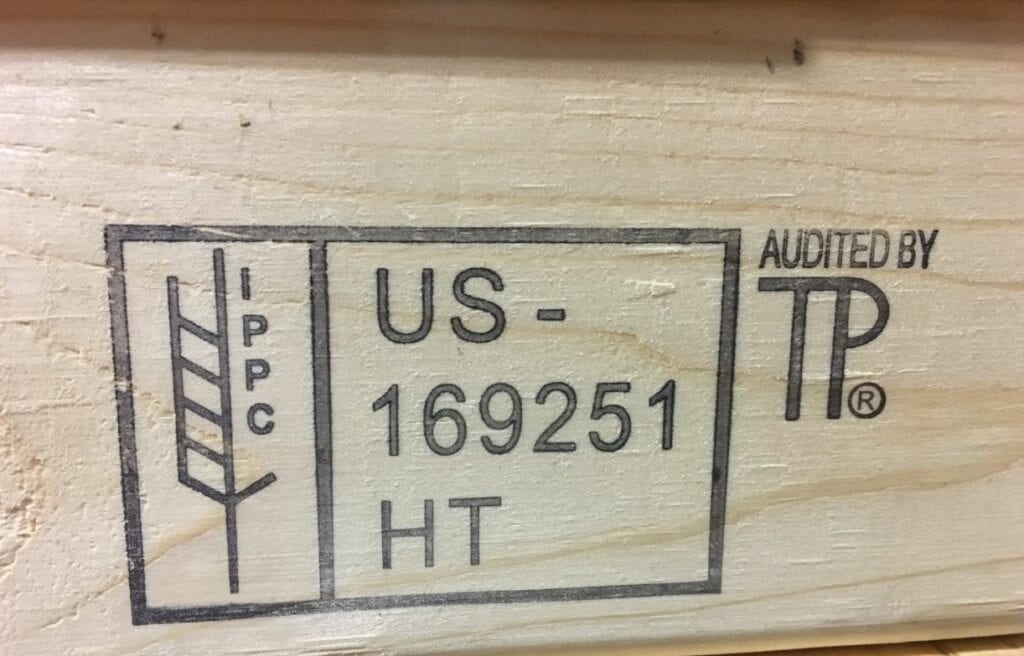
What Happen if I Export without ISPM-15 Approved Wood Packaging?
We tell most of our customers, “You don’t really want to find out.” Not only is it environmentally irresponsible to export untreated lumber overseas, but in some cases, it can result in hefty fines, confiscation and destruction of freight, or returned shipments at your expense.
What About Dunnage?
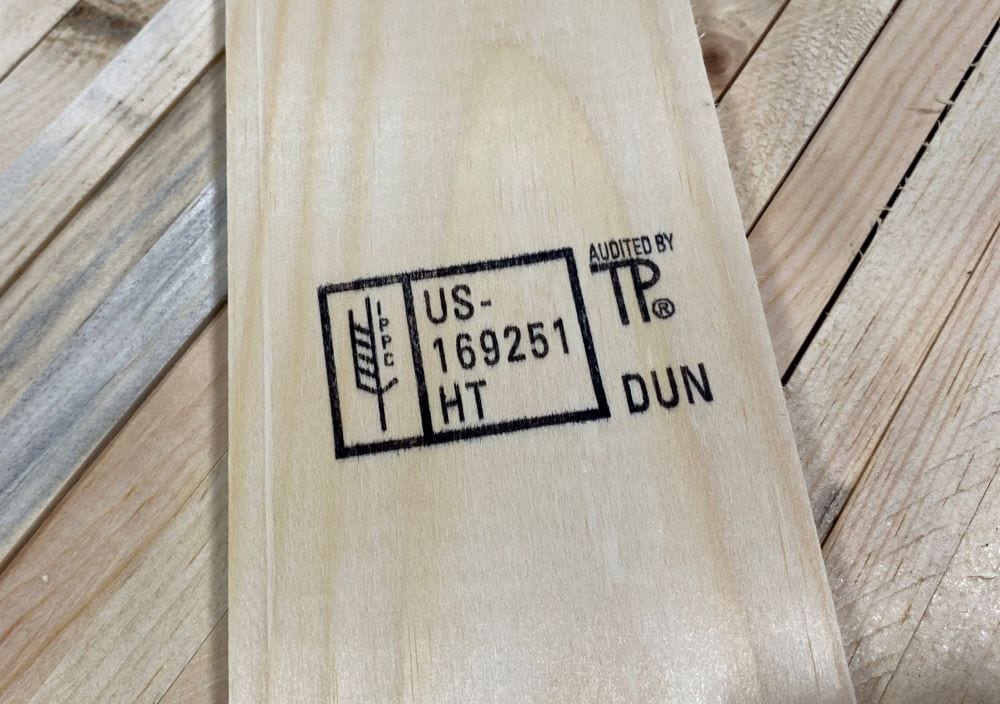
Dunnage or other boards outside of a crate used for blocking and bracing can be shipped as long as they bear the DUN stamp. For your convenience, SharkCrates can also supply lumber with a dunnage stamp.
Can I Reuse ISPM-15 Certified Crates and Pallets?
Absolutely, provided the crate or pallet has not been modified in any way. In the exact words of the ISPM-15 regulation, if the crate or pallet “has not been repaired, remanufactured or otherwise altered,” it can be reused without reapplication of the stamp throughout the life of the product. If the wood crate or pallet is damaged and more than one third needs to be replaced, then it will need to be recertified and restamped.
Are SharkCrates ISPM-15 Certified?
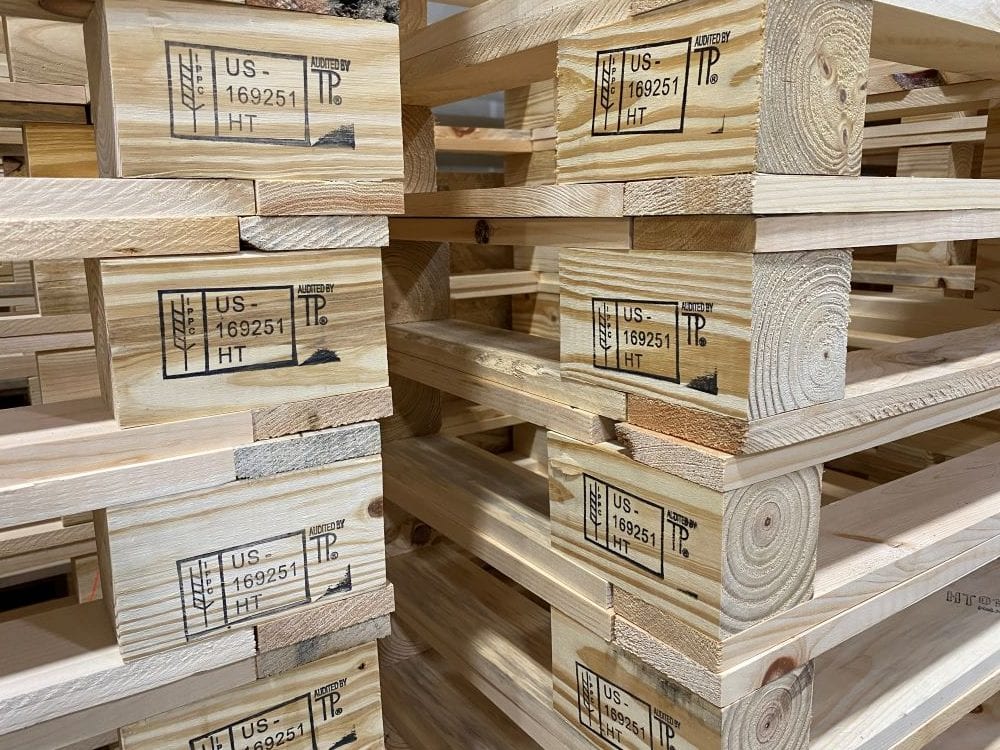
Yes, all SharkCrates are ISPM-15 Certified and ready for export. We take great pride in helping to protect the environment and want to make sure that all your shipments reach their final destinations safely and won’t be held up at the border. Each crate we sell has two of our ISPM-15 stamps on the pallet. Typically, we stamp one on each side so if a customs and border agent simply opens an ocean container and your crate is at the back (by the door), the ISPM-15 logo will be visible, no matter which way the crate is turned.
Whether you need to export one of our small crates or large crates, please contact us if you have any further questions about ISPM-15 certifications or how we can help you safely export and import your wood crates all over the world.

